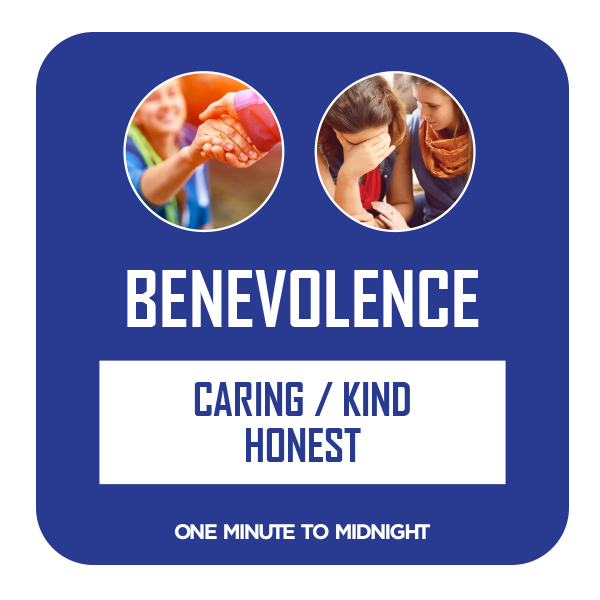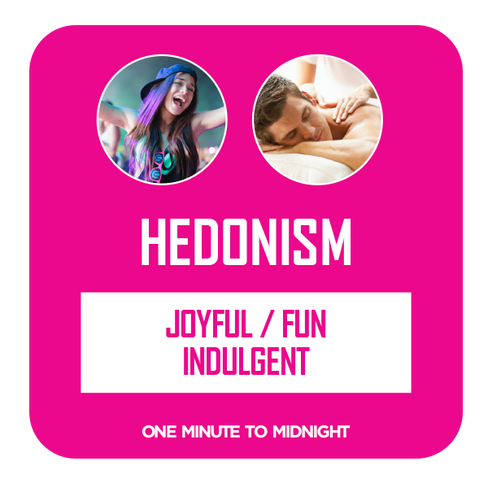More Than a Substitute: The curious case of Low/No
- George Clapp
- Dec 13, 2022
- 4 min read

With "Dry January" looming, more and more people are looking to go sober. Nick Bodkins, founder of US-based non-alcoholic alcohol outlet Boisson, "believe[s] that liquor stores, wine stores, etc. are not ever going to give this category the same level of SKU depth" than they are.
Even so, when you talk to people about low/no drinks, there are still a few common phrases that come up...." when you talk to people about low/no drinks… “What’s the point?”, “I didn’t mean to buy this…”, “are you driving tonight?”. Historically, decisions to buy and drink low/no have been based on a desire to not drink alcohol, making it a very direct ‘next best thing’ when we have a reason not to.
But is it truly the ‘next best thing’? Those who currently drink low/no through efforts to cut-down on alcohol, or occasionally through personal responsibilities often only reach for low/no when they feel compelled to do so at a social occasion. Otherwise, they would rather reach out for a soft drink.

But why is this? Well, in our recent research we spotted that Low/no drinkers commonly talk of three significant barriers that mean their choice is one more of resignation than of attraction…
Taste and effect: Low/no offers the ‘worst’ part of the experience (e.g. calories, sugar), without the “best” part of it being the relaxation and sense of calm
Price: Despite having no alcohol, these drinks often cost the same or more than alcoholic drinks, so drinkers view them as almost a rip off in comparison to sodas and soft drinks
Availability: Even in areas and cities which have a wider selection, bars, pubs, and restaurants still do not regularly stock low/no drinks, so even when it’s desired it’s not available
"Why would I go for a Becks Blue rather than a can of Coke when the Becks Blue is more expensive and doesn't taste as nice?" - Matt, UK
This presents an intriguing challenge for low/no brands and products… Is it possible to create an appeal for it as a standalone product beyond the “next best thing” mindset? If so, what are some principles that can build more positive perceptions and carve out their own space in the market?
Well, we think there’s potential here, and we’ve thought of 3 principles that can help get us there…
1. Attraction through creativity
The reasons to not drink may be responsible, focussed, and pressured, but drinking low/no needn’t always be a reminder of this decision, and that their choice isn’t quite the real thing. Many ads around dry January and 0% beer focus on the reasons why people drink low/no rather than the product itself - take a look at this “say yes with Heineken 0%” ad for example.
There’s so much more to offer here from low/no. Take Club Soda as an example. Founded by Laura Willoughby MBE, this movement inspires alcohol-free drinking by deploying the massive range of drink choices people have at their disposal, from 0% beer, to spirits and cocktails. Instead of constantly reminding low/no drinkers of their decision, it allows them to form excitement and joy around the drinks that they can make and the flavours they can experience.
In short, it shows that choosing low/no options is a positive and creative choice, which doesn’t have to sacrifice your enjoyment of a drink or an occasion as a result…
"You shouldn't focus on what it is that you're losing, but what you want to gain in your life." - Laura Willoughby MBE
2. It’s… good for me?

Club Soda is also all about changing behaviours - it’s a safe haven for those looking to improve their mental and physical health from cutting out, or just cutting down on alcohol. But this isn’t an alcohol brand in itself, and there is room for ads and campaigns to use this real benefit to their advantage when creating appeal for their low/no products.
Some great examples of this do already exist - this ad for Corona Sunbrew sells its 0% beer as a source of vitamin D, which is not only a direct health benefit, but also something most beers wouldn’t be able to replicate. It’s another great way of differentiating low/no options by making them more than just a substitute.
And these low/no options also have health benefits over soft drinks which non-alcohol drinkers often revert to. Australian beer brand Carlton Zero calls this out with their ad showing off their beer with “10x less sugar” than a regular soft drink.

These mental and physical health benefits of low/no have potential to carve out a clear space for the products to play in, and can increase its standalone appeal.
3. We don’t need to get drunk…

Attitudes to drinking are changing… drunkenness is not as cool - younger audiences are drinking less - let’s be on their side and change traditions.
Speaking of changing behaviours, drinking traditions are changing quickly with younger LPA drinkers choosing to consume less alcohol overall, and having a higher consciousness of drunkenness in many areas of the world.
So where can low/no fit in here? Well, Carlton Zero has already dipped its toes in with its “Rewrite the Rules” campaign. It shows that a generational movement of cutting down on drinking doesn’t have to mean a cut down in socialising or connection, and instead can help create memories and stories - “Here’s to a night we’ll remember” as one of their ads states.

Putting more of a spotlight on low/no is a sign that brands recognise younger generations changing attitudes towards drinking, and can build perceptions of trustworthiness and responsibility.
So what does this mean for alcohol brands?
There’s a clear space for low/no brands to own here: one that provides a safe haven for those looking to cut down on alcohol - whether for health or societal reasons, but also one that provides a real sense of creativity and joy in its own right - in a time when alcohol perceptions are changing rapidly. By putting more of a spotlight on the positive elements of low/no products - their flavours, mental and physical health benefits, and their potential role in connection - they can start to overcome the key barriers that drinkers call out and truly become “more than a substitute”.
Some OMTM Thought Starters to consider:
How can alcohol brands show off the positive benefits of low/no products themselves without connecting them to other alcoholic drinks?
How can brands deploy more creativity and joy in campaigns for low/no products, rather than focusing on “beating” alcohol campaigns?
What could the changes in drinking behaviours for Gen Z mean for alcohol brands and where does low/no fit in here?
Thanks,
George








Forex trading for beginners can be overwhelming because of the vast amount of information and strategies. That’s why platforms like Winprofx are so helpful—they provide simple tools, educational resources, and step-by-step support to guide new traders.
We’re reimagining the joy of drinking—where true satisfaction comes from mindful choices, not compromise. At Lyfe Marketplace, every sip is a celebration of wellness and connection. Our vibrant range of <a href="https://lyfemarketplace.com/" target="_blank">non-alcoholic beverages</a> is thoughtfully crafted to ensure you’re included in every social moment, no matter the occasion. Explore a world of health-focused drinks that go beyond traditional options, from sophisticated non-alcoholic beverages to innovative nootropic blends designed to enhance mental clarity, balance, and overall well-being. With every drink, we invite you to savor the experience of mindful indulgence, where wellness and enjoyment effortlessly come together.